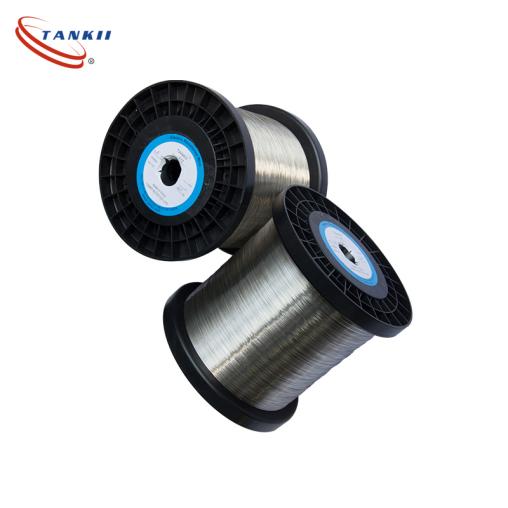Welcome to our websites!
INDUSTRY NEWS
-

In which scenarios is the Nicr7030 Nichrome Wire mainly used?
Nicr7030 nichrome wire is a high-performance austenitic nickel-chromium alloy material composed of 70% nickel and 30% chromium. It stands out in the market due to its exceptional comprehensive properties: a maximum continuous operating temperature of up to 1250°C (short-...Read more -

What is the Difference Between Ni80 and Nichrome?
First, it’s key to clarify their relationship: Nichrome (short for nickel-chromium alloy) is a broad category of nickel-chromium-based alloys, while Ni80 is a specific type of nichrome with a fixed composition (80% nickel, 20% chromium). The "difference" lies in "general...Read more -

What is Nichrome 80 Wire Used For?
Nichrome 80 Wire (composed of 80% nickel and 20% chromium) stands out for its exceptional high-temperature resistance (up to 1,200°C), stable electrical resistance, and oxidation resistance at elevated temperatures. This unique combination of properties makes it an indis...Read more -

Why is nickel wire so expensive?
Nickel wire is often priced higher than conventional metal wires like copper or aluminum, but its cost is directly tied to unique material properties, rigorous production processes, and irreplaceable application value. Below is a structured breakdown of the key cost driv...Read more -

What is the value of nickel wire?
Nickel wire is a high-performance functional material whose value lies in its unique combination of physical and chemical properties—far exceeding conventional metals like copper or aluminum—enabling it to meet rigorous demands across diverse industries, from aerospace e...Read more -

Nickel vs Copper: Which is Better?
In industrial material selection, “Which is better, nickel or copper?” is a common question from customers. However, in reality, there is no absolute “better,” only “more suitable”—nickel excels in corrosion resistance and high-temperature resistance, while cop...Read more -

What is nickel wire used for?
As a "versatile metal wire material" in the industrial sector, nickel wire has long penetrated key fields such as electronics, medical care, and aerospace, thanks to its high corrosion resistance, excellent electrical conductivity, and stable mechanical properties. Many ...Read more -

What is the use of Nichrome wire?
Nichrome wire, a nickel-chromium alloy (typically 60-80% nickel, 10-30% chromium), is a workhorse material celebrated for its unique blend of high-temperature stability, consistent electrical resistivity, and corrosion resistance. These traits make it indispensable acros...Read more -

What wire is a good substitute for nichrome wire?
When searching for a substitute for nichrome wire, it’s essential to consider the core properties that make nichrome indispensable: high-temperature resistance, consistent electrical resistivity, corrosion resistance, and durability. While several materials come close, n...Read more -

What is the difference between Cu and Cu-Ni?
Copper (Cu) and copper-nickel (copper-nickel (Cu-Ni) alloys are both valuable materials, but their distinct compositions and properties make them suited for different applications. Understanding these differences is key to choosing the right material for your project—and...Read more -

What is NiCr material
NiCr material, short for nickel-chromium alloy, is a versatile and high-performance material celebrated for its exceptional combination of heat resistance, corrosion resistance, and electrical conductivity. Composed primarily of nickel (typically 60-80%) and chromium (10-30%), with trace element...Read more -

What happens when you mix copper and nickel?
Mixing copper and nickel creates a family of alloys known as copper-nickel (Cu-Ni) alloys, which combine the best properties of both metals to form a material with exceptional performance characteristics. This fusion transforms their individual traits into a synergistic ...Read more
-

Phone
-

E-mail
-

Whatsapp
-

WeChat
Judy
150 0000 2421
-

Top




